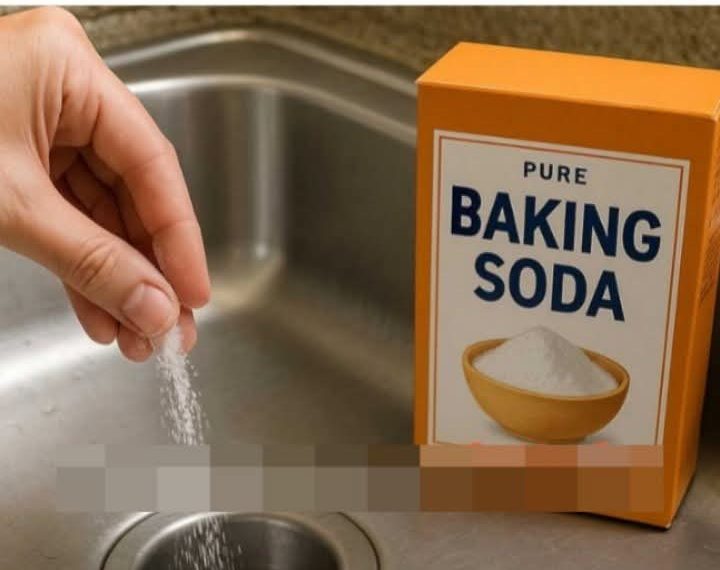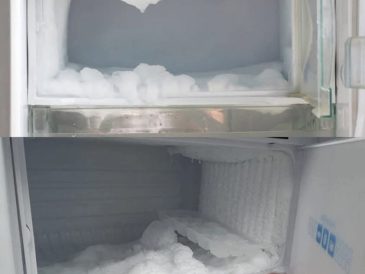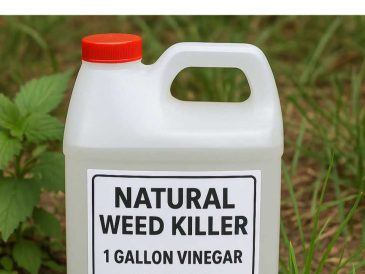In many households, the kitchen sink is a hub of activity, often facing the brunt of daily chores. Over time, sinks can accumulate grime, grease, and unpleasant odors. One ingenious solution that has gained popularity is the use of baking soda. This common household item, often relegated to baking or deodorizing the fridge, has surprising applications in sink maintenance. By simply dumping baking soda down the sink, homeowners can tackle a variety of common issues, from clogs to odors, in an eco-friendly and cost-effective manner.
Understanding the Science Behind Baking Soda
Baking soda, or sodium bicarbonate, is a mild alkali that can dissolve dirt and grease in water. Its chemical properties make it an effective cleaning agent. When baking soda comes into contact with acidic substances, it reacts to neutralize them, which is why it is so effective at eliminating odors. Additionally, when combined with an acid like vinegar, baking soda undergoes a chemical reaction that produces carbon dioxide gas, which can help dislodge particles in a clogged drain.
The Benefits of Using Baking Soda for Sink Maintenance
Using baking soda for sink maintenance offers several benefits. It is non-toxic and safe for the environment, unlike many commercial cleaning products that contain harsh chemicals. Baking soda is also affordable and readily available in most households. It effectively cleans without scratching surfaces, making it ideal for delicate sink finishes. Furthermore, its deodorizing properties help keep the kitchen smelling fresh.
Materials Needed for the Baking Soda Sink Cleaning Method
To clean your sink using baking soda, you will need the following materials: baking soda, white vinegar, a scrub brush or sponge, hot water, and a microfiber cloth for drying. Optional materials include lemon juice for added freshness and essential oils for a pleasant scent.
Step-by-Step Guide to Cleaning Your Sink with Baking Soda
1. Start by rinsing the sink with hot water to remove any loose debris.
2. Sprinkle a generous amount of baking soda over the entire surface of the sink.
3. Use a scrub brush or sponge to scrub the sink, focusing on areas with stains or buildup.
4. Pour white vinegar over the baking soda. The mixture will fizz, helping to lift grime and deodorize.
5. Allow the mixture to sit for 5-10 minutes.
6. Rinse the sink thoroughly with hot water.
7. Dry the sink with a microfiber cloth to prevent water spots.
Why This Method is Effective for Sink Maintenance
This method is effective because it combines the abrasive action of baking soda with the chemical reaction of vinegar to tackle tough stains and odors. The fizzing action helps to break down and dislodge particles that may be causing clogs. Additionally, the process is gentle on plumbing and does not introduce harmful chemicals into the water system.
Additional Tips for Maintaining a Clean and Fresh Sink
To maintain a clean and fresh sink, consider using a baking soda and vinegar treatment weekly. Avoid pouring grease down the drain, as it can solidify and cause clogs. Use a sink strainer to catch food particles and debris. For a pleasant scent, add a few drops of essential oil to the baking soda before cleaning.
Common Mistakes to Avoid When Using Baking Soda in Your Sink
One common mistake is using too much vinegar, which can neutralize the baking soda before it has a chance to clean effectively. Another mistake is not allowing the mixture enough time to sit and work. Avoid using baking soda on certain surfaces, like aluminum, as it can cause discoloration. Finally, do not rely solely on baking soda for severe clogs; mechanical methods or a plumber may be necessary.
Conclusion: The Genius of Using Baking Soda for Sink Care
Baking soda is a versatile and effective tool for maintaining a clean and odor-free sink. Its natural, non-toxic properties make it a safe choice for households seeking eco-friendly cleaning solutions. By incorporating baking soda into regular sink maintenance routines, homeowners can enjoy a sparkling clean sink without the need for harsh chemicals or expensive products. This simple yet genius hack demonstrates the power of everyday items in solving common household problems.





